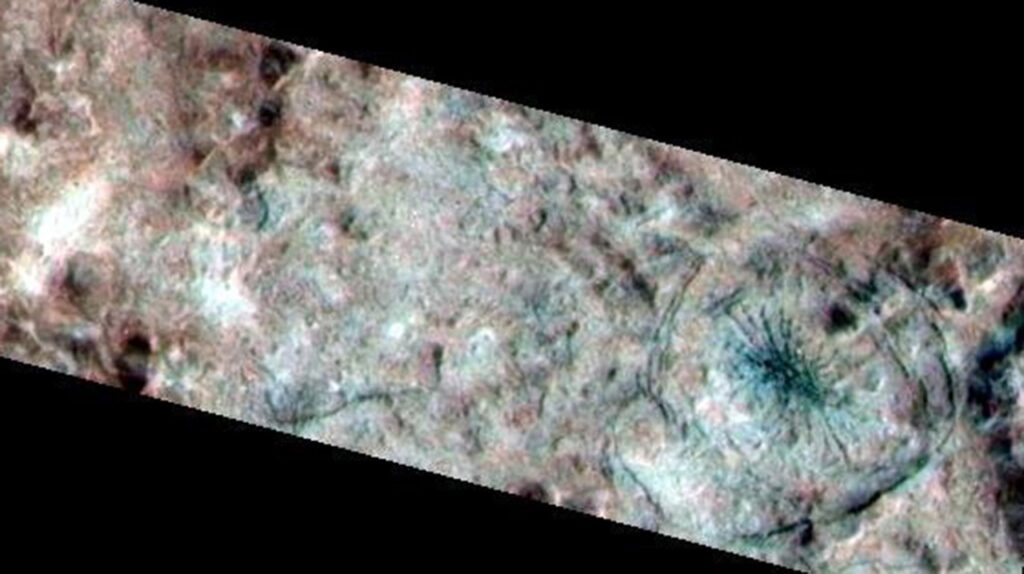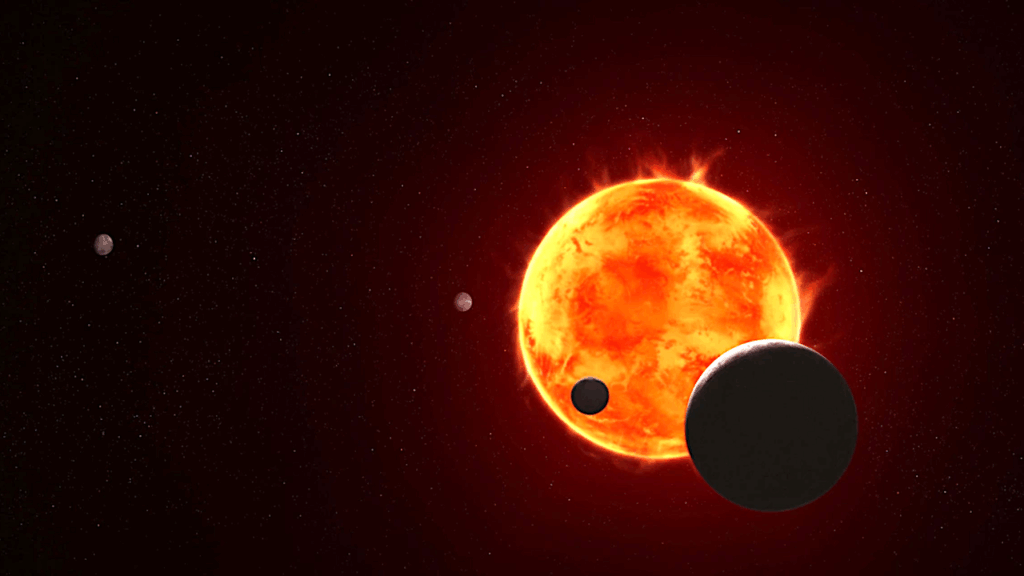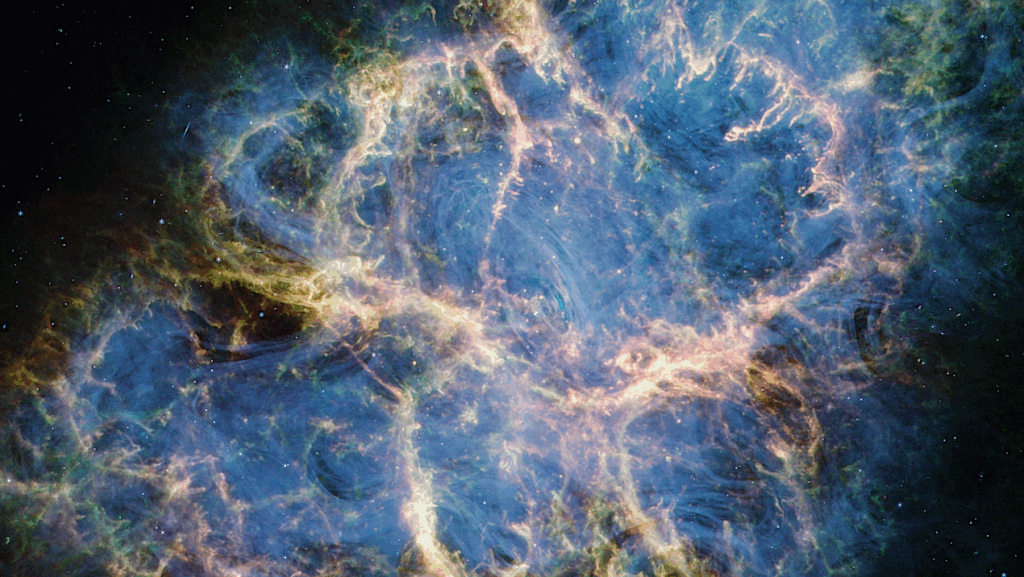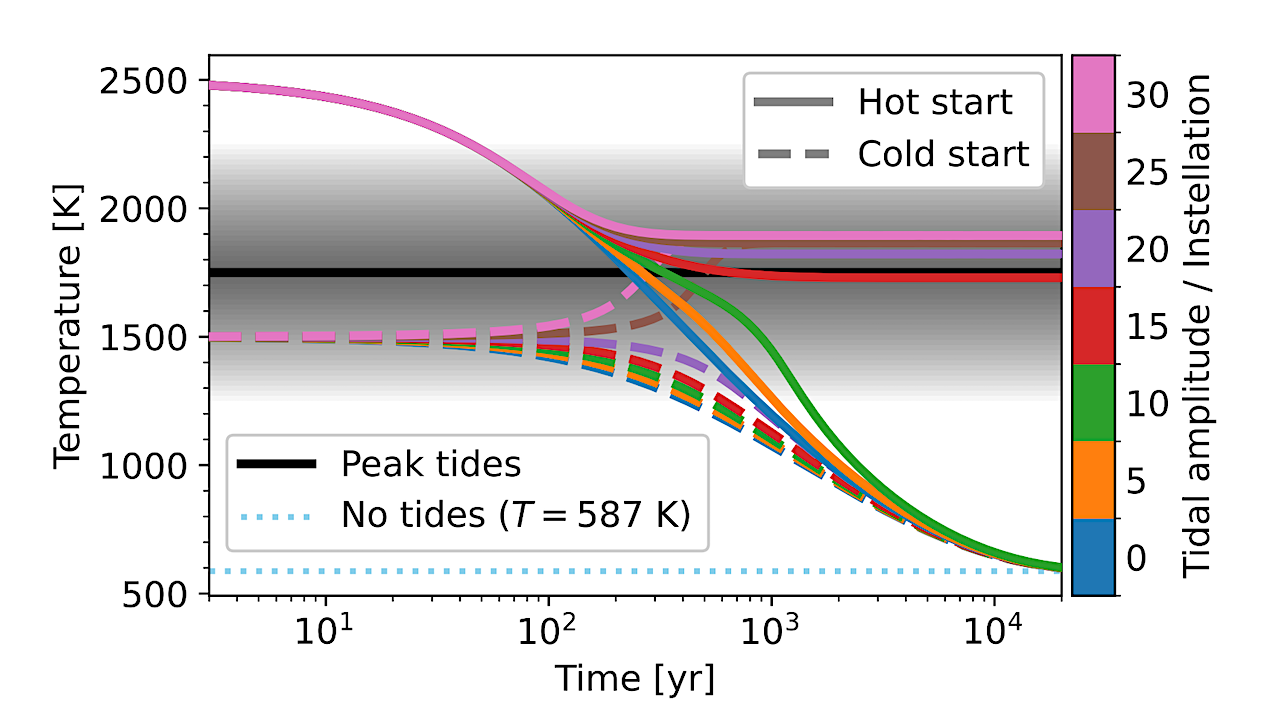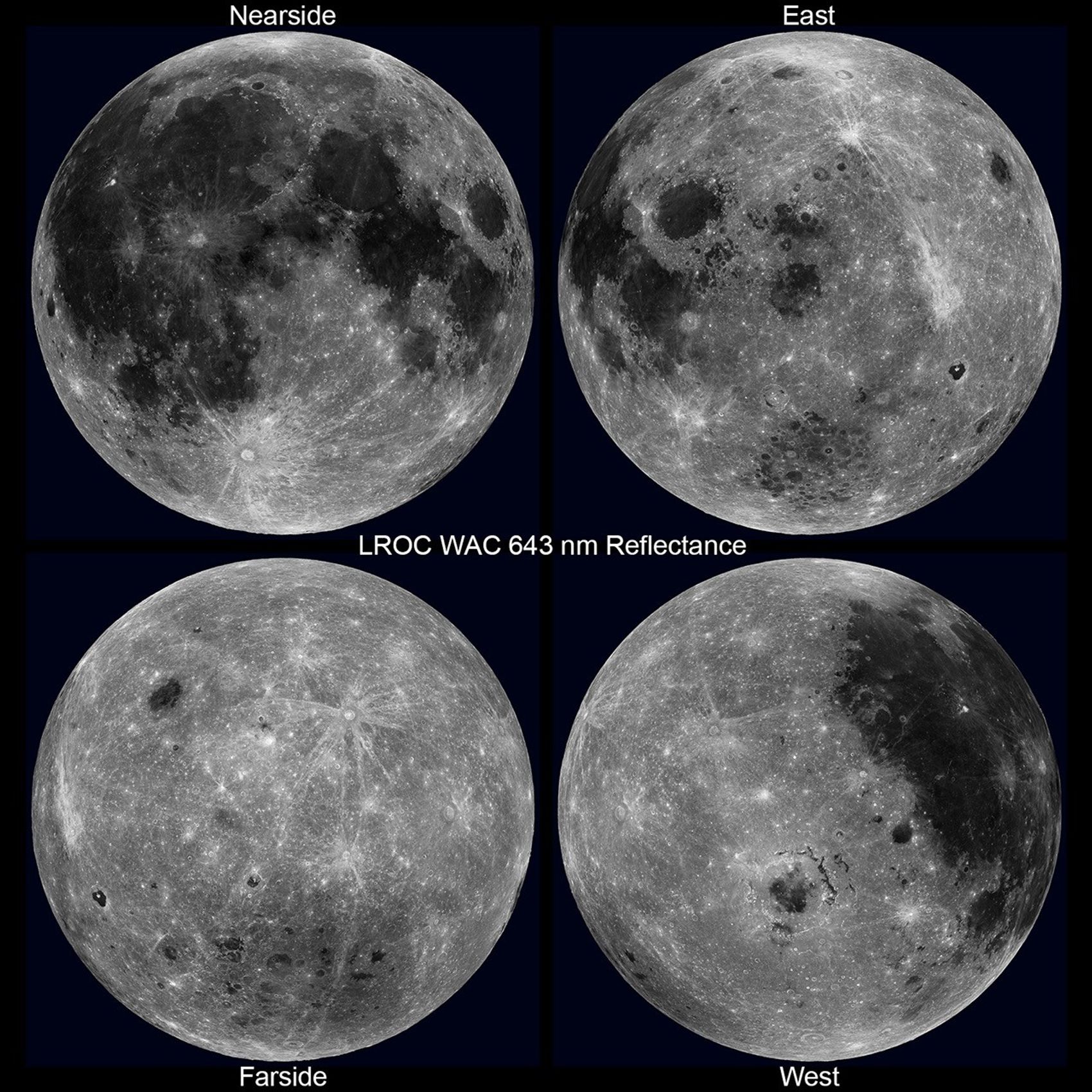Now Reading: A Detailed Investigation of HD 209458 b HST & JWST Transmission Spectra with SANSAR
-
01
A Detailed Investigation of HD 209458 b HST & JWST Transmission Spectra with SANSAR
A Detailed Investigation of HD 209458 b HST & JWST Transmission Spectra with SANSAR
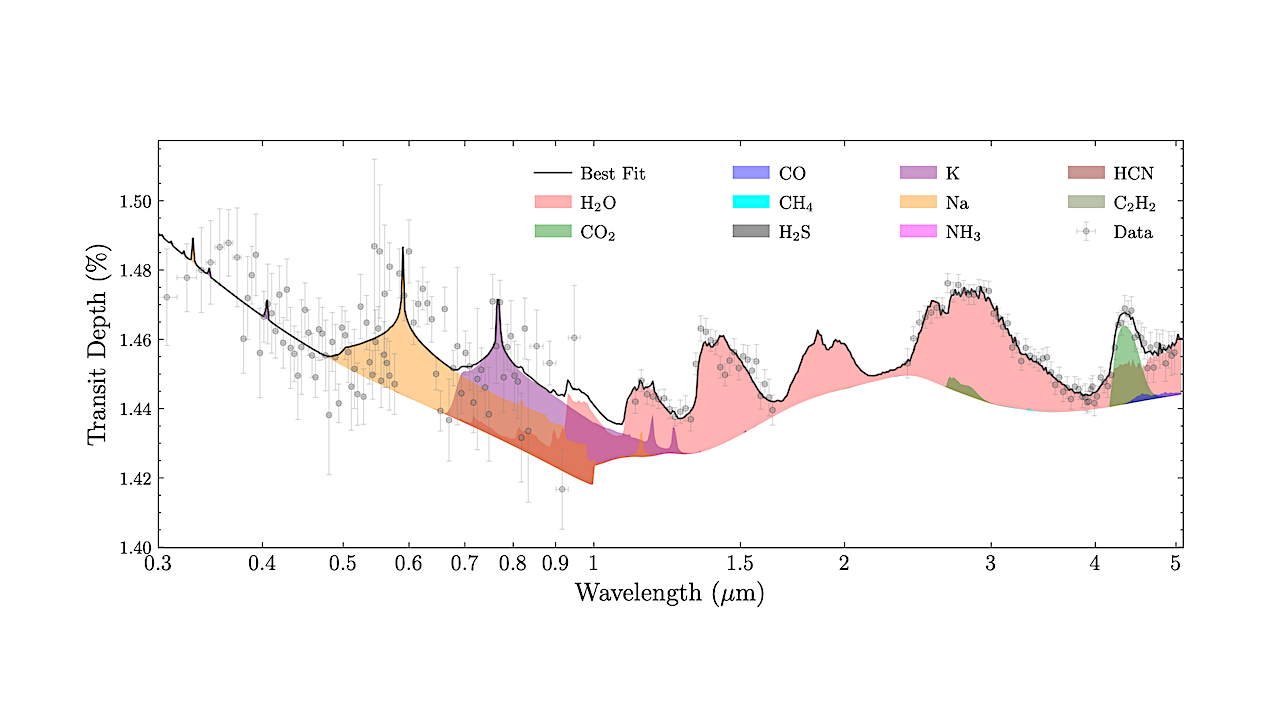

Figure showing the contribution of different gases to the best-fit spectrum obtained from the free chemistry retrieval binned down to R∼200, for STIS+WFC3+NIRCam observations. — astro-ph.EP
HD 209458 b is the first exoplanet on which an atmosphere was detected. Since then, its atmosphere has been investigated using multiple telescopes and instruments. However, many of its atmospheric constraints remain debatable.
While HST observations suggested a highly sub-solar metallicity, recent JWST NIRCam observations by Xue et al. 2024 constrained a super-solar metallicity with highly sub-solar C/O. In this work, we show a detailed investigation of HD 209458 b transmission spectra observations from JWST and HST using SANSAR, a newly developed planetary atmosphere modeling framework, with free, equilibrium chemistry and self-consistent grid retrievals.
The overall best-fitting model with free retrievals (χ2red=1.21) constrains its metallicity and C/O to be highly sub-solar, while equilibrium chemistry and grid retrievals (χ2red=1.27 and 1.30, respectively) are consistent with solar values using STIS+WFC3+NIRCam observations.
The retrieved abundances of H2O and CO2 are almost three orders of magnitude lower (highly sub-solar) with STIS+WFC3+NIRCam compared to just NIRCam, using free retrievals. NIRCam observations alone also result in misleading constraints on metallicity and C/O, with equilibrium chemistry and grid retrieval.
We find that the model choice of varying C/H or O/H to vary the C/O in equilibrium chemistry retrievals leads to different metallicity constraints with NIRCam, but similar constraints with STIS+WFC3+NIRCam. We conclude that NIRCam observations alone can lead to overestimation of abundances for exoplanet atmospheres and, therefore, should be used in combination with UV/Optical and near-infrared observations to obtain robust constraints on abundances, C/O, and metallicity.
Specifically, even though we can detect the CO2 feature with just NIRCam, we cannot constrain its abundances robustly without the optical baseline.
Side view schematic of a planet in transit being observed by a telescope (JWST).
Avinash Verma, Jayesh Goyal, Swaroop Avarsekar, Gaurav Shukla
Comments: Accepted for Publication in The Astronomical Journal (AJ). 39 pages and 20 Figures
Subjects: Earth and Planetary Astrophysics (astro-ph.EP); Instrumentation and Methods for Astrophysics (astro-ph.IM)
Cite as: arXiv:2505.04413 [astro-ph.EP] (or arXiv:2505.04413v1 [astro-ph.EP] for this version)
https://doi.org/10.48550/arXiv.2505.04413
Focus to learn more
Submission history
From: Jayesh Goyal
[v1] Wed, 7 May 2025 13:47:49 UTC (19,411 KB)
https://arxiv.org/abs/2505.04413
Astrobiology, Astrochemistry,
Stay Informed With the Latest & Most Important News
Previous Post
Next Post
-
 012024 in Review: Highlights from NASA in Silicon Valley
012024 in Review: Highlights from NASA in Silicon Valley -
 02Panasonic Leica Summilux DG 15mm f/1.7 ASPH review
02Panasonic Leica Summilux DG 15mm f/1.7 ASPH review -
 03How New NASA, India Earth Satellite NISAR Will See Earth
03How New NASA, India Earth Satellite NISAR Will See Earth -
 04And Thus Begins A New Year For Life On Earth
04And Thus Begins A New Year For Life On Earth -
 05Astronomy Activation Ambassadors: A New Era
05Astronomy Activation Ambassadors: A New Era -
06SpaceX launch surge helps set new global launch record in 2024
-
 07From Polymerization-Enabled Folding and Assembly to Chemical Evolution: Key Processes for Emergence of Functional Polymers in the Origin of Life
07From Polymerization-Enabled Folding and Assembly to Chemical Evolution: Key Processes for Emergence of Functional Polymers in the Origin of Life












